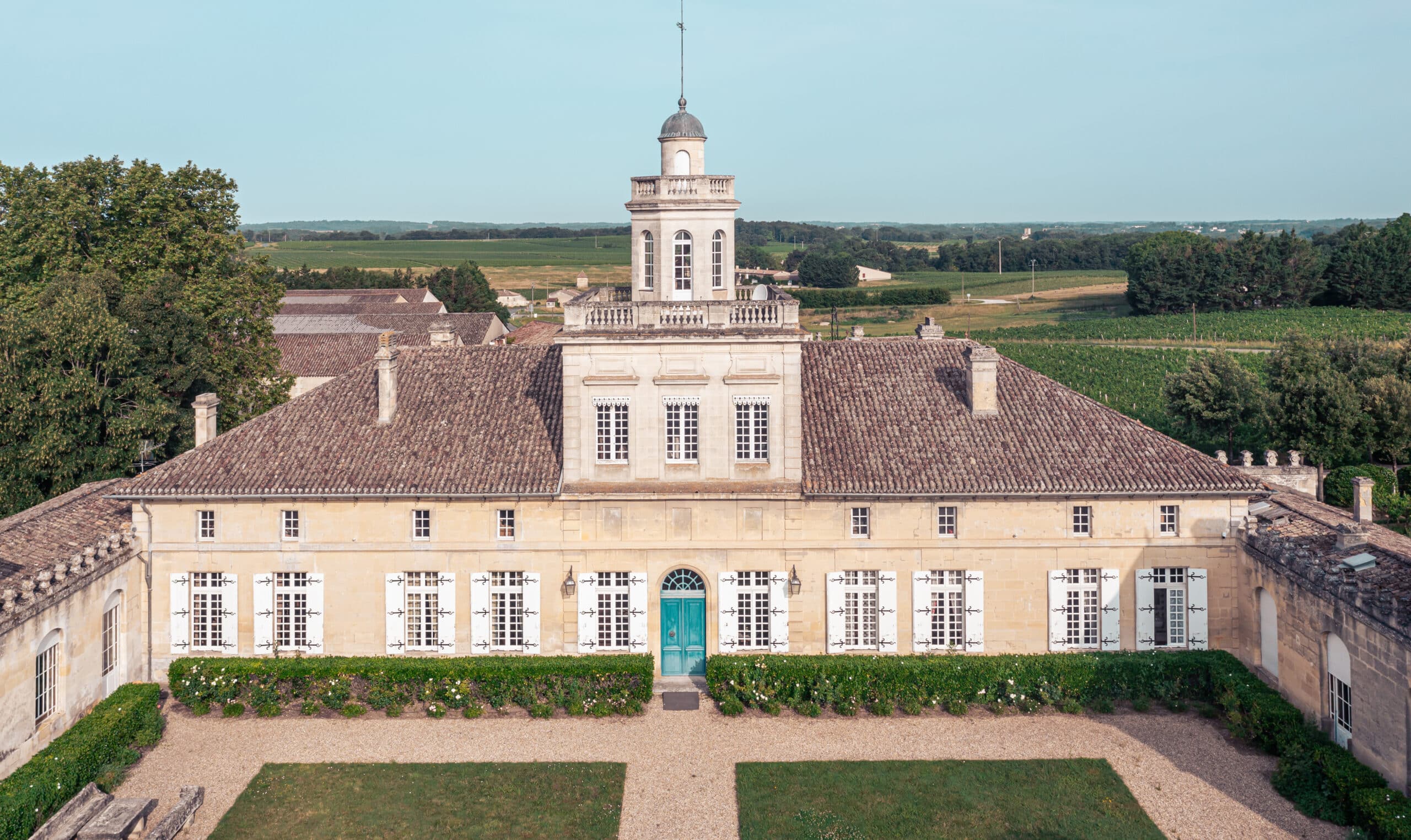
Château Bonnet
The Family Home
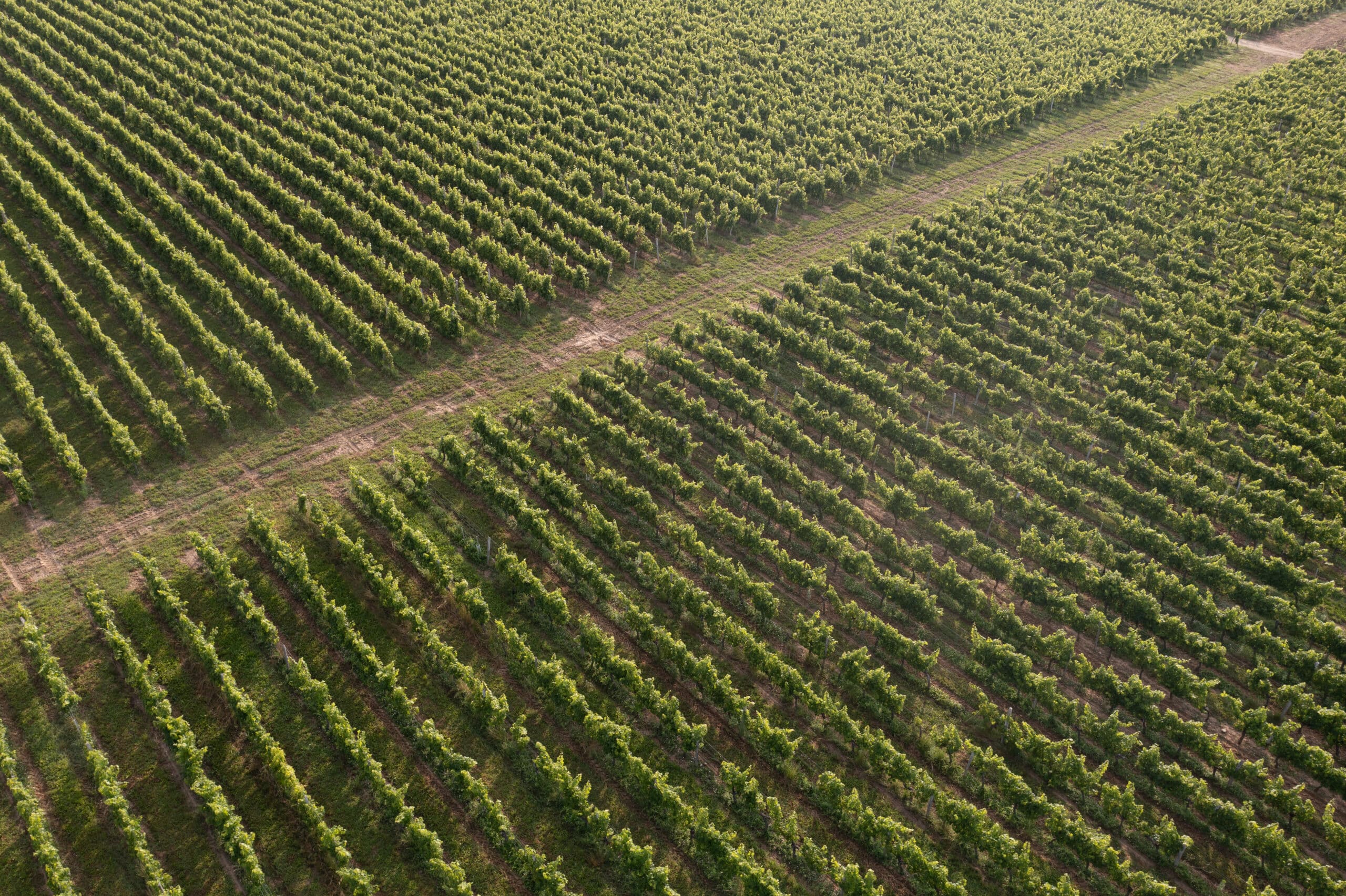
Appellation
The Appellation d’Origine Contrôlée Bordeaux (A.O.C.) is the most extensive generic appellation in the Bordeaux region, since it applies to wines that can be produced throughout the Gironde department, on all soils suitable for planting vines [with the exception of wetlands, marshes and forest areas].
Depending on the case, it occupies certain territories exclusively or shares an area with other Bordeaux AOCs. It is the world’s largest vineyard for fine wines.
It applies to red, white and rosé wines.
In the middle of the 19th century, the Bordeaux region went through a particularly difficult period, with a succession of diseases that hit its vineyards hard: powdery mildew in 1857, downy mildew in 1880, and phylloxera from 1872 onwards. This insect, which came from the United States, wreaked havoc on the vines until 1892. With phylloxera and mildew out of the way, everything seemed to be in place for the vineyard to regain its lost prosperity.
But the hard times were far from over. The “Belle Époque” (1893-1914) was marked by an unprecedented economic crisis for the wine industry.
At the beginning of the 20th century, the Gironde vineyards enjoyed several years of record harvests. This overproduction caused wine prices to stagnate, and in some cases even fall. At the same time, operating costs increased year on year.
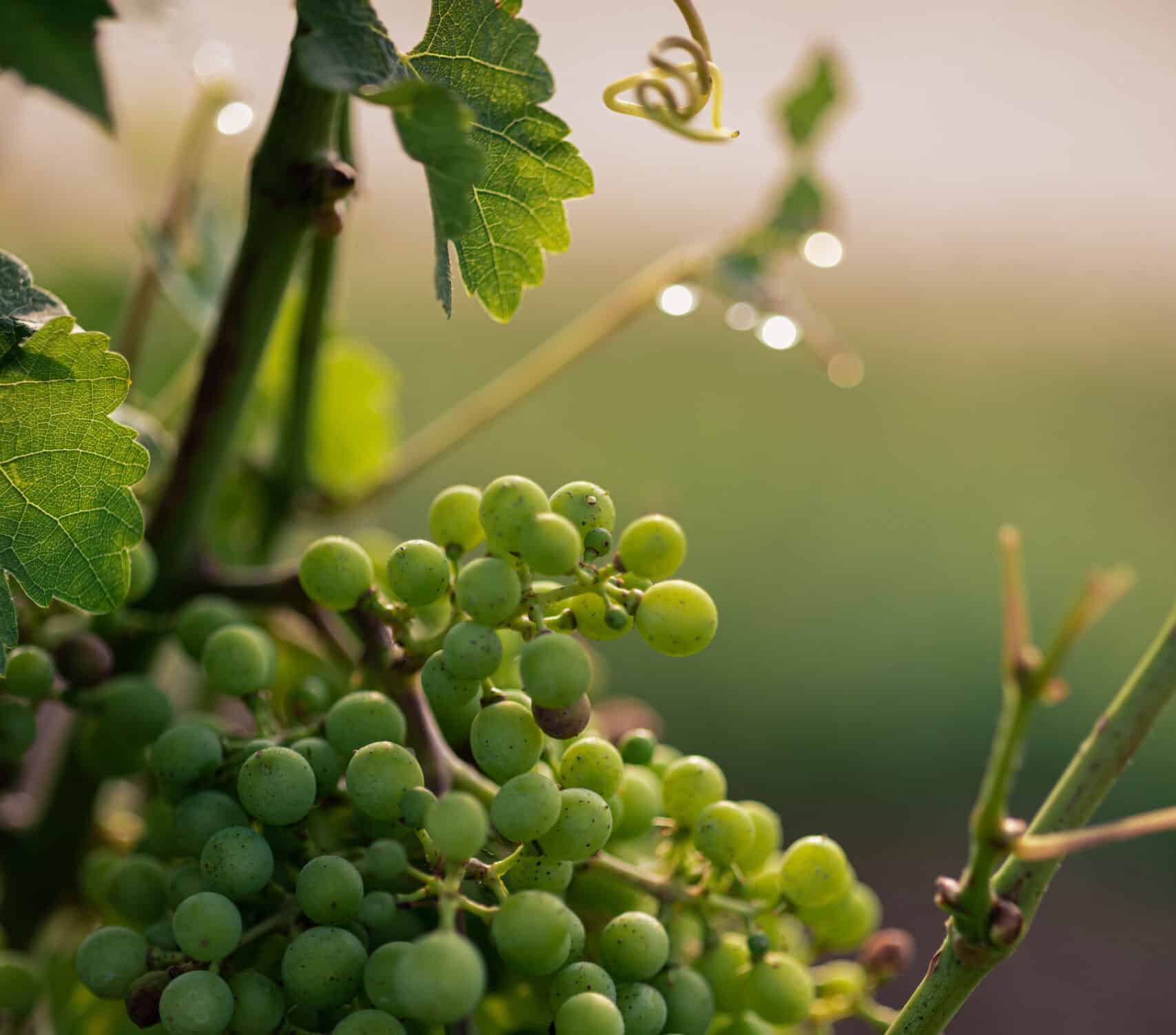
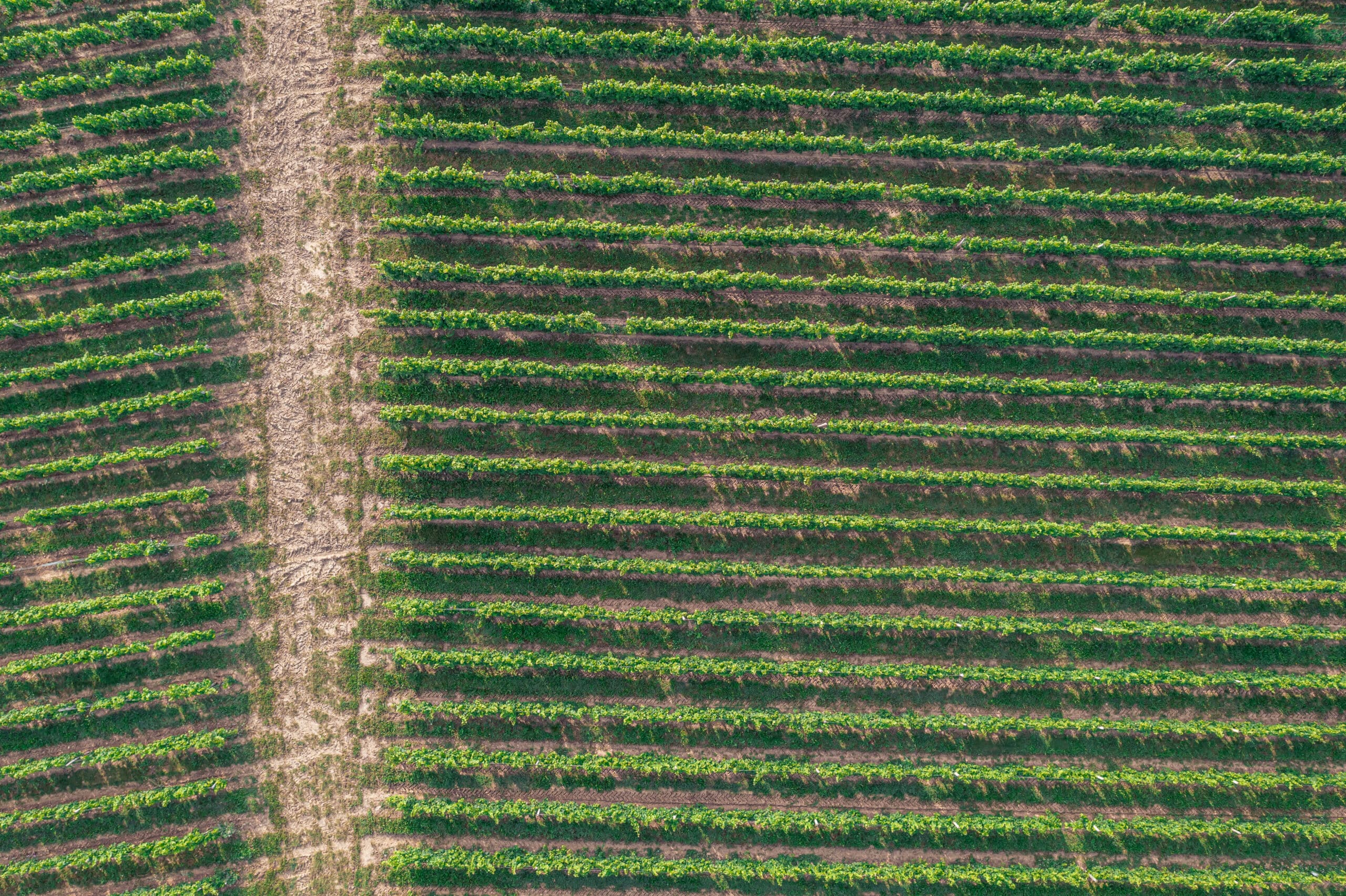
As prices plummeted and producers found it difficult (if not impossible) to sell their wine, the blame was soon laid at the door of the négociants, whose business seemed to be doing a little better: they had the opportunity to source wines that were cheaper to buy and of better quality (Algerian wines, for example). During the phylloxera crisis, some of them had also taken to “making” wine with various ingredients… and these habits continued! They were accused of fraud.
The social and economic situation had become explosive. In an attempt to stem these new crises and bring greater transparency to the origins of Bordeaux wine, groups of winegrowers in Gironde took the initiative of participating in the drafting of national legislation on the origin of wines, which led to the establishment of a departmental delimitation of the Bordeaux appellation (decree of February 18, 1911).
A few territorial adjustments were made in the years that followed.
The Bordeaux Appellation Contrôlée area was definitively recognized and defined by the decree of November 14, 1936.
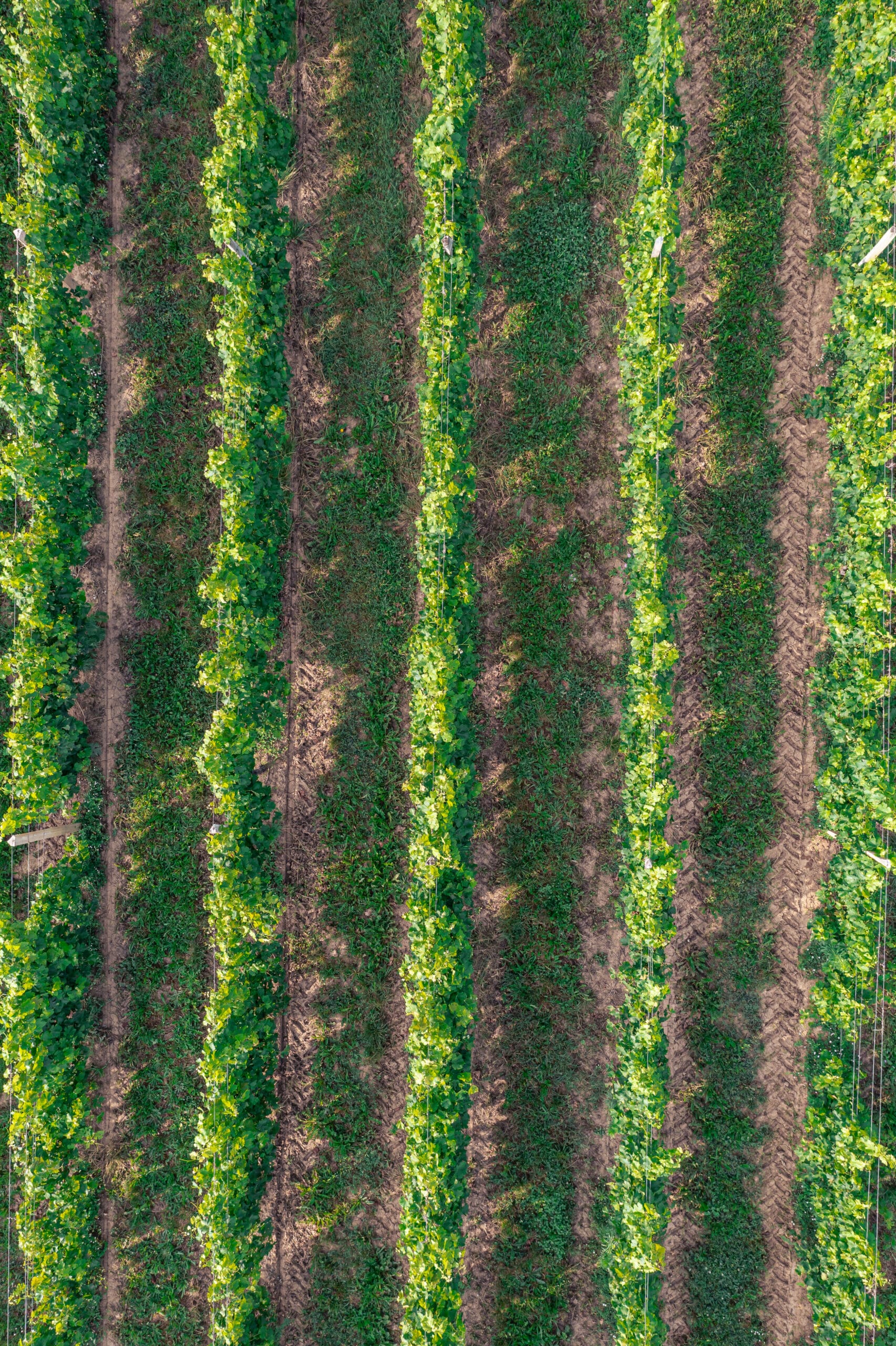
The Bordeaux AOC is so vast that it includes a huge variety of terroirs. Soils range from clay-limestone to siliceous to gravelly.
Winegrowers work with this richness of soil and choose the grape varieties best suited to this diversity of soils.
Although the Bordeaux appellation is very large, its production zone benefits from homogeneous climatic conditions. The presence of large bodies of water nearby (Atlantic Ocean, Garonne, Dordogne, etc.) helps thermoregulate the climate. Rainfall is generally well-distributed throughout the year, although drought and intense thunderstorms have become more frequent in recent years.
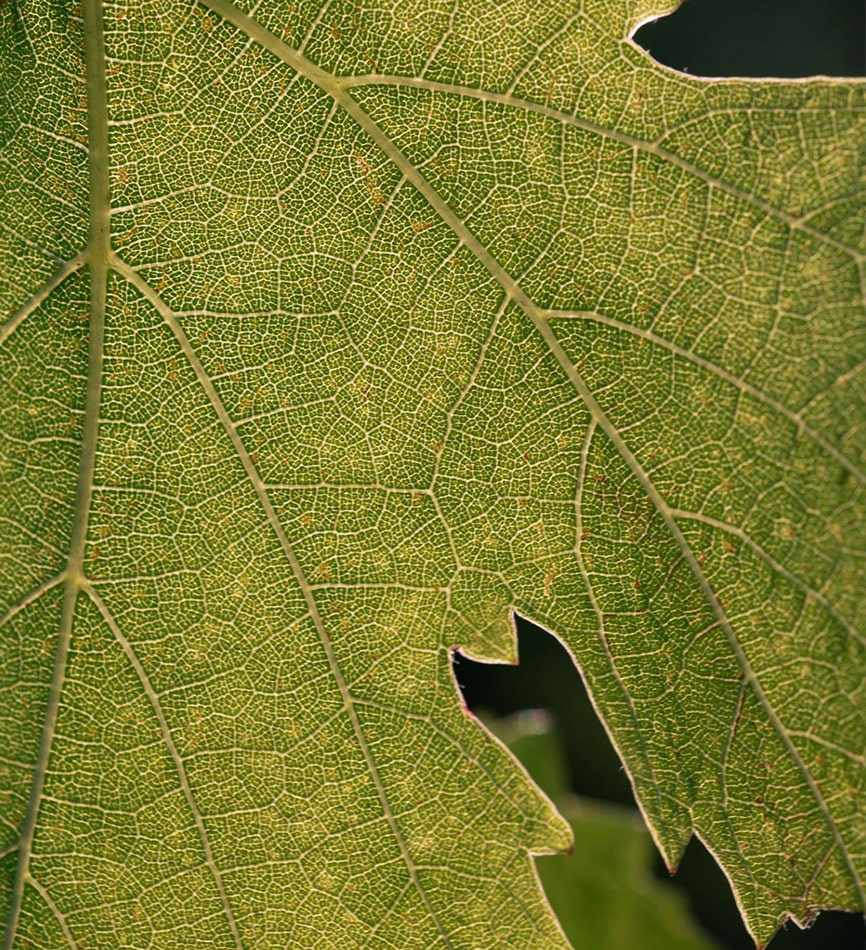
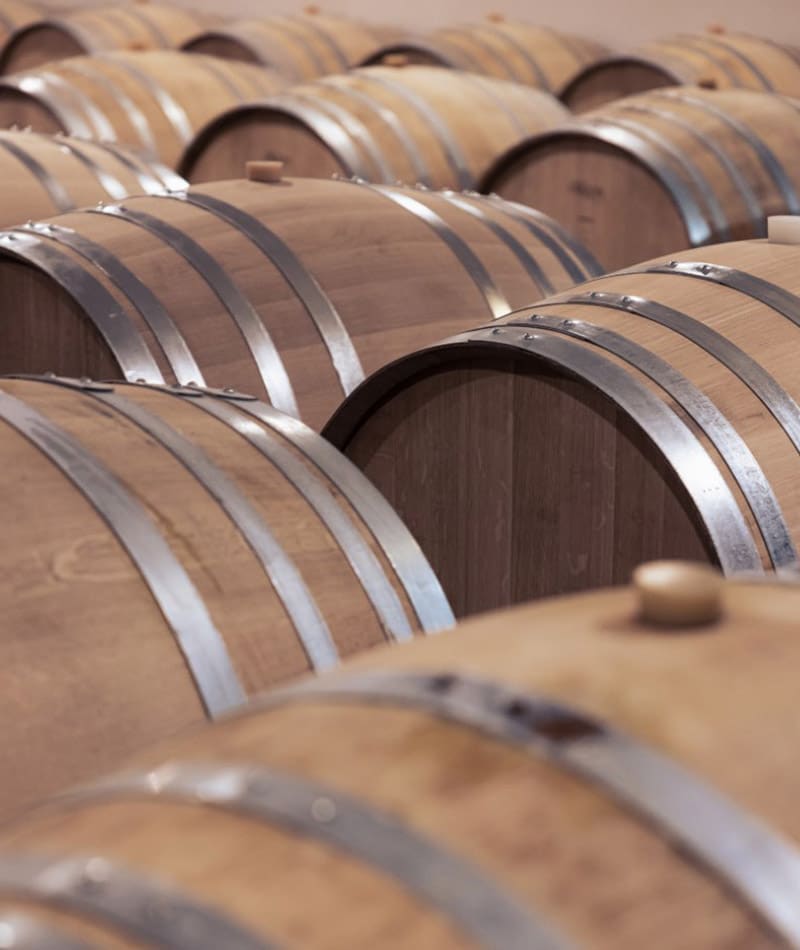
AOC Bordeaux Blancs are distinguished by their delicate fruitiness (notes of citrus, apricot, and white flowers), but also by their freshness. Sometimes aged in oak barrels, they are enriched with toasty, buttery aromas.
Enjoy them throughout the meal, preferably served chilled. They go wonderfully well with seafood.
Aged in vats, they can be kept for 2 years. If aged in barrels, they can be kept for 3 to 5 years.
Serving temperature: 8-10°C.
Bordeaux Rosés are light, delicate wines with a round mouthfeel. These “rosés Plaisir” are best drunk young, as soon as the first rays of sunshine arrive.
Their ageing potential is 1 to 2 years.
Serving temperature: 8-10°C.
Red Bordeaux wines are generally supple, fruity and light-bodied.
Depending on the blend, their nose will be more or less dominated by luscious red fruit aromas (raspberry, blackcurrant or violet). Because of their fruitiness, they can be drunk young.
They can easily be combined with any type of cuisine, for a wide range of occasions.
Their ageing potential varies between 3 and 5 years.
Serving temperature: 17-18°C.

Château Bonnet Red
Bordeaux

Château Bonnet Rosé
Bordeaux

Château Bonnet Réserve Red
Bordeaux

Château Bonnet Cuvée Eden Red
Bordeaux

Petit Bonnet Rosé
Bordeaux

Château Tour de Bonnet Red
Bordeaux

Château Tour de Bonnet Rosé
Bordeaux

Divinus de Château Bonnet Red
Bordeaux

Diane by Jacques Lurton Rosé
Bordeaux

Diane by Jacques Lurton Cabernet Sauvignon Red
Bordeaux